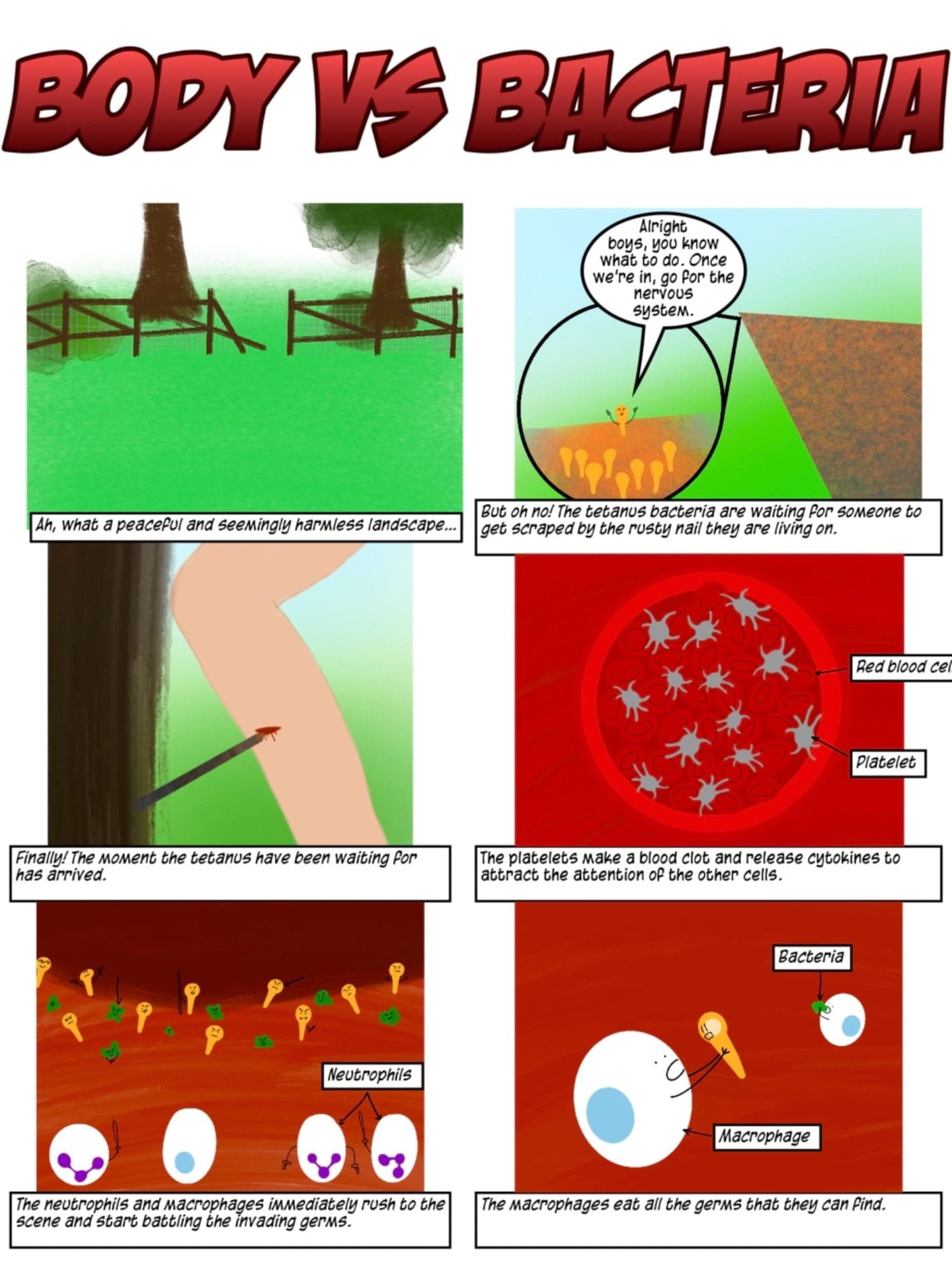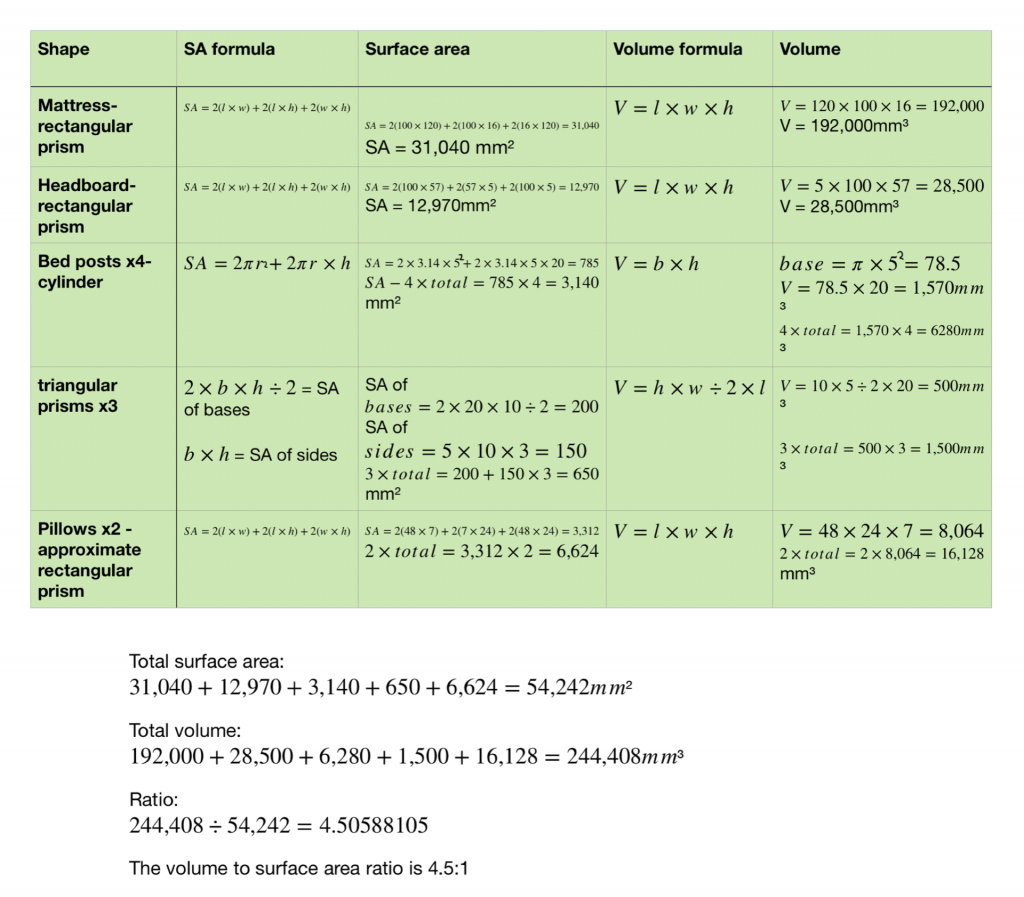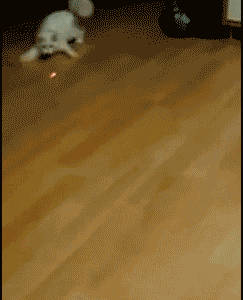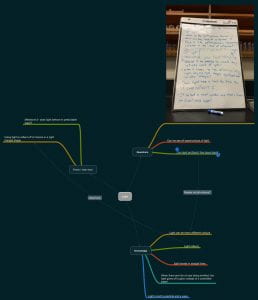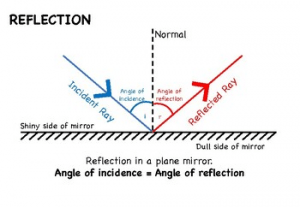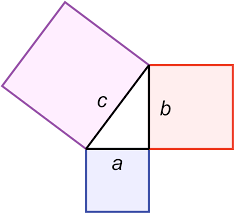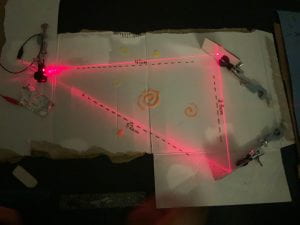Hello everybody 👋🏼
Tis’ me, Brooke.
It’s almost summer! I am writing this with 3-ish days left of school and let me tell you, this year has flown by. But this post is not about that.
Driving question
How do cells and diseases interact?
The truth is, different cells will react differently to different diseases. One type of cell has a different job than another type of cell and each would have different jobs when it comes dealing with a disease. In my comic, you will see that some cells are battling head on with the disease and others have jobs that work in the background.
The Project
Our last project for scimatics this year was called “Comic cells”. Basically we each had to make a comic about some sort of cellular process. And as per usual with science projects like this, we started off with a mind map.
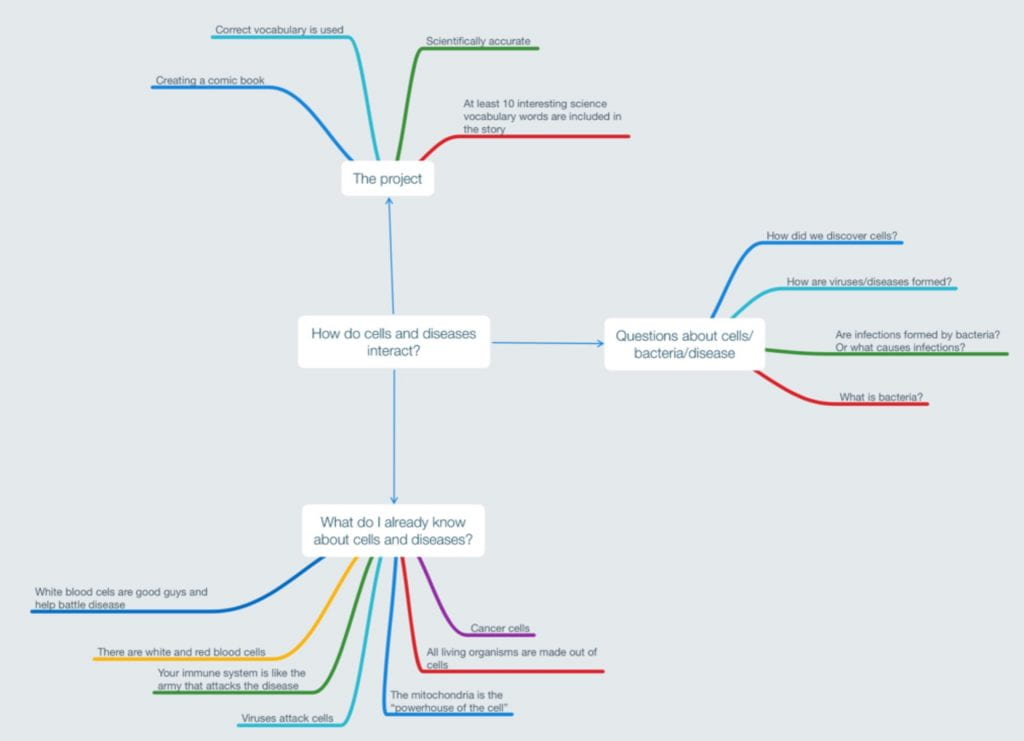
I’m really sorry that the photo is so blurry. And if I’m being honest, I’m not incredibly proud of this mind map. I feel like I definitely could’ve added more especially to the questions section.
I came into this project not knowing much about cells, so building knowledge was a very important part of this project. Khan Academy was helpful for general cell knowledge but we also had to do our own independent research for our comics. I decided that I wanted to make my comic about how the body reacts to a wound. And, just for added flavour, tetanus would also enter the wound.

Before we jumped into creating the actual comic, we made a rough draft storyboard. Let me say that again before showing you, it is a ROUGH DRAFT storyboard.
And the moment you hopefully have been waiting for, here is my final comic;
p.s. I couldn’t get it in here as a PDF because the file was too big so instead it is an image metaslider.
Core competencies
Questioning and predicting
This competency is usually hard for me because it includes using class time efficiently and I am a person who gets distracted easily. But in this project I feel that I did the best I’ve ever done in this competency. I guess that shows lots of improvement compared to the beginning of the year.
Scientific communication
I really like using interesting vocabulary so this project was a great way for me to use and extend this skill. Learning and using new words is something that I have done a lot of this year and I think it’s pretty cool that I know the pronunciation and meaning of ✨immunoglobulin✨.
Evaluating
I did SO much individual research to insure that my comic was as accurate as it could be. I think that this project might have actually sparked my interest in biology. Trying to make the comic accurate without making it overwhelming was something that I was constantly thinking about but I think that I did a pretty good job at.
Conclusion
Well thank you for reading my post and I hope you enjoyed learning a bit about what you body does at a cellular level. Have a happy summer!
As always, Brooke.


